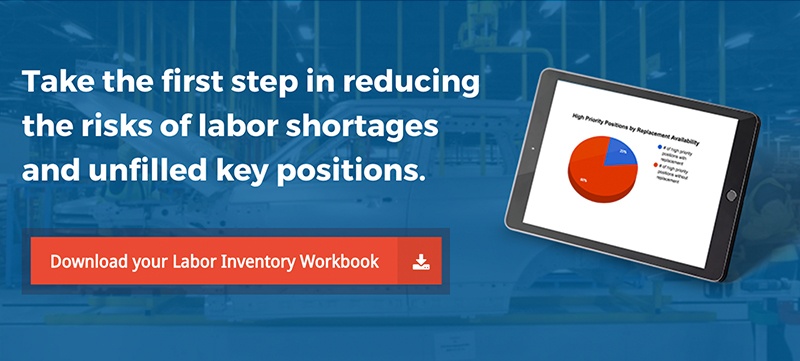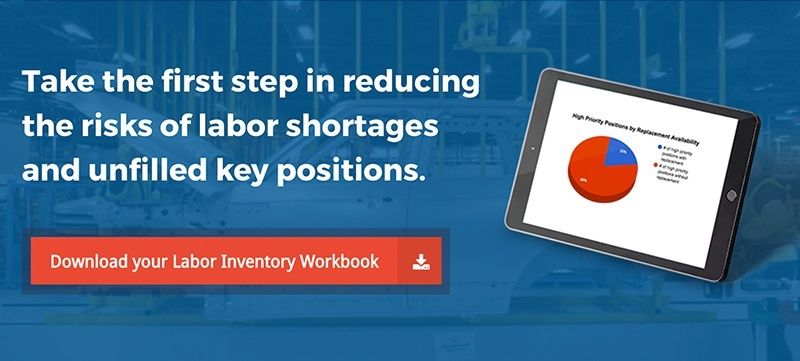It wasn't long ago that people presumed permanent, full-time jobs to be the backbone of the American economy. This was a basic concept that people simply accepted - if you didn't have a steady, guaranteed 40-hours of work every week and a regular paycheck to take home, your situation wasn't secure, and you should keep looking for a "real" job.
Over the past few years, this conventional wisdom has begun to fade. People have come to realize that jobs don't necessarily have to be permanent to be fulfilling, both financially and in terms of long-term career development. There are even some workers these days who prefer contingent labor to having a permanent position, as it gives them greater autonomy and freedom of movement from gig to gig.
The Transformation into the Gig Economy
According to Forbes, the American public is slowly transforming into a contingent workforce. Elaine Pofeldt, the former senior editor of Fortune Small Business magazine, told Forbes that traditional full-time jobs are becoming more scarce, and in response, people are getting more creative about how to find work.
Pofeldt drew upon survey data from the United States Government Accountability Office (USGAO). The bureau found that in 2015, 40.4 percent of the U.S. workforce was made up of people who don't have "what we traditionally consider secure jobs." This trend has led to an entirely new conversation about jobs in America.
"It begs an important question," Pofeldt noted. "Are traditional jobs - the foundation of our consumer economy - running their course and going the way of the typewriter and eight-track tape? And if so, what do we do about it?"
The answer may well be nothing. After all, contingent jobs help employees in terms of their flexibility and autonomy, and they're increasingly viewed favorably by corporate executives who realize that staffing is major component of any business continuity strategy.
We believe it would be wrong to paint all contingent work options with the same wide brush. At MADI we are finding that he reality is that today's temporary staffing landscape features a diverse range of options:
1. Part-Time
Rather than work the full 40-hours every week, many workers prefer part-time arrangements. This gives them the freedom to pursue other interests and achieve work-life balance.
2. Independent Contracting
Some skilled workers, ranging from IT to manufacturing professionals, have the ability to find their own customers and offer up their services on a contract basis.
3. On-Call
Plenty of workers are on call, available to show up for work whenever necessary, but not necessarily on the job constantly. These individuals can be anyone from a brain surgeon to a snowplow driver.
4. Self-Employment
Some bold individuals are willing to leave behind the security of a steadily paying job and start their own businesses such as shops and restaurants.
5. Contract
There are many employees who have a specific company they work for, but on a contract basis rather than a permanent, full-time position. This also gives them a bit more control over their career paths.
6. Temporary Agencies
Finally, you have temporary workers who are deployed by staffing agencies. Typically, the traditional agency supplies locally sourced temporary personnel often coupled with management services.
Today a variety of new “borderless” options are also coming into their own in response to potentially crippling local labor shortages that the traditional agency can’t address.
For example, MADI offers up an agile high performance solution which draws upon its national pool of talent enabling the ability to pull together a team of skilled trades personnel based upon skills and experience, then quiclky mobilize those teams anywhere in the country, to solve staffing challenges for companies who can't source talent local to their facilities or for companies who need large groups of technical labor quickly. Highly skilled workers enjoy taking on challenges such as these, traveling to new new places, and they enjoy the flexible lifestyle that comes with it.
Having different staffing solutions such as these can be key to ensuring business continuity. In today’s gig Economy environment, companies are no longer limited by local talent availability or region to get the skilled personnel they need, when they need it. And that's great news considering the skilled labor shortage is expected to increase substantially moving forward.








1 Comment
Click here to read/write comments